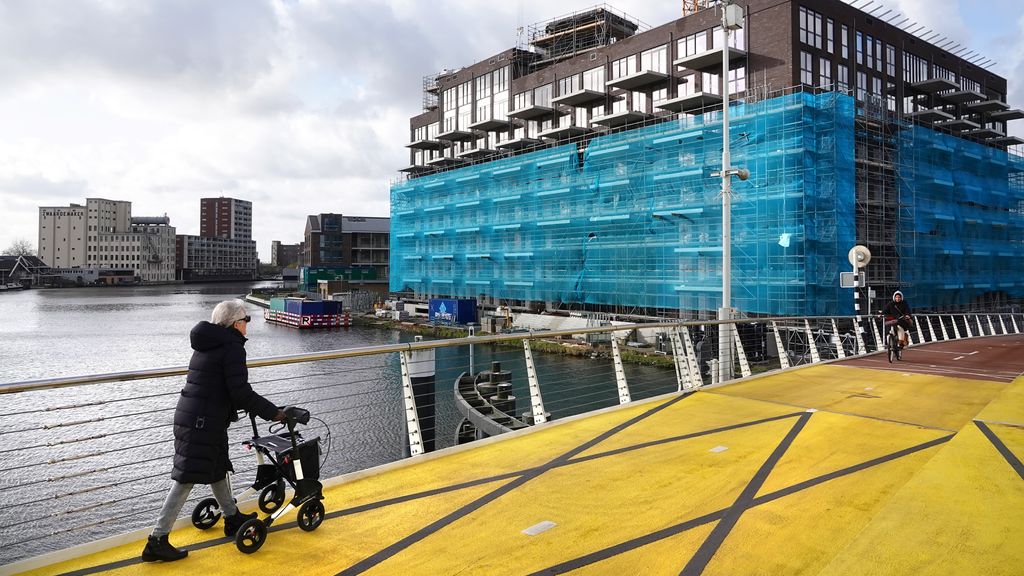AP
NOS News•
The government wants to persuade older people to move into smaller homes that are better adapted to their age. To that end, 290,000 new homes should be built for this target group by 2030. These are called “zero-step homes” without thresholds or stairs, yards for the elderly with lots of social contact and homes where, for example, people with dementia can receive care. nursing.
Minister for Housing and Spatial Planning and Minister for Long-Term Care De Jonge has presented a comprehensive plan to encourage older people moving into smaller homes. “Because if an elderly person leaves a single-family home, it makes room for a family to move in,” says de Jonge. “This, in turn, creates a free place for beginners.”
Ministers argue that the need for anti-aging forms of housing will become increasingly urgent in the coming years. Now there are still 3.5 million Dutch people over the age of 65, which will be 4.8 million in 2040.
Old people don’t jump
The problem is that older people are generally not motivated to move. After their children leave, they want to continue living in a familiar owner-occupied home, and the mortgage is usually largely paid off. They don’t feel like leaving their old neighborhood and there is often no suitable and affordable apartment in the area.
Research shows that only 17 percent of seniors are currently considering moving. This makes it the job of the treasury to regulate the required flow. However, De Jonge and Helder believe that moving to a more suitable home could be more attractive.
Nursing home is very expensive
Nowadays, the elderly often only leave when living at home is no longer an option, despite intensive home care and informal care. Nursing homes are often the only option. But the Cabinet wants to prevent elderly people from ending up in a nursing home as much as possible. Ministers expect that this is costing the government a lot of money and there will be very few employees in the future.
This is why there are no structural additions to the nursing home premises. Capacity in these institutions remains steady at 130,000, and these places are only for people who need very serious care.
The goal is to build 40,000 block homes for people who don’t need the most serious care. Half of this is for older people with dementia. They live there independently, but in a communal compound that has been adapted for people with this condition.
For example, there are blackout curtains for the rhythm of day and night, the doors and rooms are clearly recognizable and there is a lot of attention paid to safety. Live and care ‘financially separate’. This means that residents pay rent and receive intensive care from outside the compound.
Transfer coaches
A major information campaign will be launched to encourage as many elderly people as possible to voluntarily move to a more suitable home. Private transfer coaches and senior brokers are posted to point out the benefits to people.
The living environment of the elderly is also processed. The neighborhood must be accessible, there must be sufficient facilities close to the house and the environment must invite exercise and meet-and-greets, according to the plans.







